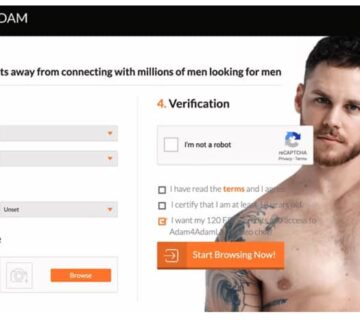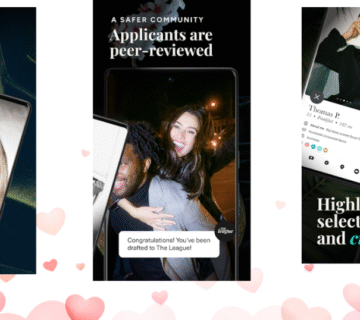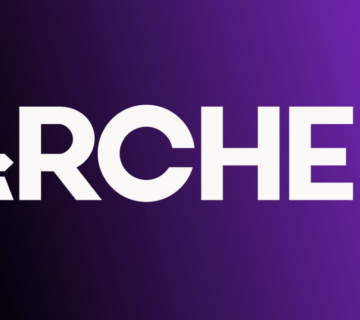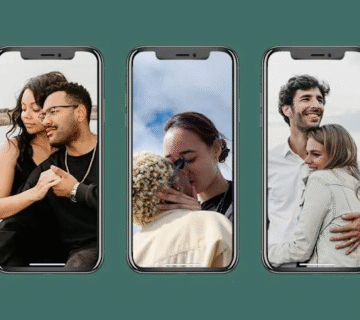The online dating space continues to surge, evolving at breakneck speed driven by changing user expectations, advancing technologies, and shifting social norms. As of 2025, developing a successful dating app requires much more than a slick interface and the usual swipe mechanics. Entrepreneurs and developers must integrate smart matchmaking powered by AI, robust security features, rich multimedia communication, and community-building capabilities to stand out in this crowded, competitive market.
This article explores essential features and trends shaping dating app development in 2025, providing actionable insights for startups and established businesses alike. It also underscores the critical role of trusted business listings like Google My Business to boost app visibility, credibility, and user engagement.
Why Dating Apps Are Still a Lucrative Market in 2025
The global online dating audience is expected to grow beyond 370 million users by the end of 2025, spanning all age groups and demographics. The rise of mobile internet, social acceptance of online dating, and personalized experiences fuel this expansion. For entrepreneurs, this represents enormous opportunity—though competition is fierce.
Success depends on offering features and experiences aligned with modern user demands:
-
Personalization through AI matchmaking
-
Secure, respectful social environments
-
Engaging multimedia interactions
-
Niche-focused communities
-
Seamless user experiences across devices
Must-Have Features in Modern Dating Apps
1. Intelligent AI-Driven Matchmaking
AI is transforming dating by analyzing not just profile data but behavioral patterns such as response time, chat tone, and engagement habits—leading to more nuanced, compatible matches.
2. Comprehensive User Authentication & Anti-Fraud Measures
To combat fake profiles and scams, apps employ multi-factor authentication, biometric verification, and AI moderation tools that flag suspicious activity in real time.
3. Rich Multimedia Communication Options
Users demand more than text—voice notes, video calls, GIFs, and live streaming enrich interaction, fostering deeper connections prior to physical meetings.
4. Robust Privacy Controls
Apps must provide granular privacy settings—anonymous browsing, profile visibility management, and ephemeral content to accommodate varying comfort levels.
5. Niche and Interest-Based Community Features
Dating apps increasingly focus on communities based on faith, lifestyle, hobbies, or professions, improving match relevance and user satisfaction.
6. Gamification and Interactive Elements
Features like quizzes, swipe games, and reward systems boost engagement by making the dating experience fun and habit-forming.
7. Accessibility and Inclusive Design
Designing for all users—including those with disabilities—by supporting screen readers, adjustable text sizes, and voice commands has become a non-negotiable standard.
Emerging Trends Shaping Dating Apps in 2025
Voice and Video-First Experiences
Apps emphasize live video speed dating, interactive rooms, and voice chats as richer mediums, building rapport faster and enhancing trust.
AI-Powered Conversation Coaching
Conversational AI assists users by suggesting icebreakers, providing dating tips, and analyzing chat sentiment to sustain meaningful dialogues.
Privacy-First Social Matching
Users increasingly prefer apps that prioritize privacy and permit anonymous or pseudonymous interaction initially, echoing broader digital privacy trends.
Hyper-Localization and Event Integration
Incorporating hyperlocal discovery and organizing real-world social events foster community and reduce digital dating fatigue.
Virtual and Augmented Reality Dating
Though still emerging, VR and AR are increasingly explored for immersive dating experiences, providing safe yet engaging environments to connect.
The Critical Role of Business Listings for Dating Apps
Even the best apps need robust online discoverability. Business listings like Google My Business (GMB) are crucial for:
-
Improving search engine visibility and local SEO
-
Displaying verified information, screenshots, videos, and contact details
-
Hosting authentic user reviews which build trust
-
Enabling direct user queries and interactions
Optimizing your GMB profile includes accurate app descriptions, frequent posts about updates, and proactive engagement with user reviews.
Learn how to maximize GMB impact at Google My Business.
Development Best Practices for Dating Apps in 2025
-
Start with an MVP focusing on core features: user onboarding, matchmaking, messaging, and safety.
-
Choose scalable cloud infrastructure with strong security protocols.
-
Employ continuous integration and user feedback loops to iterate quickly.
-
Partner with experienced developers familiar with AI and user privacy laws.
-
Invest in marketing strategies incorporating SEO, app store optimization, and business listings.
Read More: Best Online Dating Apps and Sites in 2025: A Comprehensive Guide
Conclusion: Building Dating Apps for the Future
Dating app development in 2025 demands a holistic approach blending innovative technology with a deep understanding of user psychology, privacy, and engagement. Incorporating AI-driven matchmaking, multimedia communication, privacy safeguards, and niche communities is vital to capture and retain users.
Simultaneously, optimizing presence on authoritative business listings like Google My Business greatly enhances organic discovery and reputation—crucial for long-term success.








[…] In 2025, dating apps face intense competition as digital platforms continue to diversify and grow. Beyond creating an excellent app experience, gaining visibility and building trust among potential users is critical for success. One of the most effective but sometimes overlooked tools in this effort is Google My Business (GMB) — a free platform that empowers dating apps to manage their online presence across Google Search and Maps Dating Apps Google My Business Listing in 2025. […]